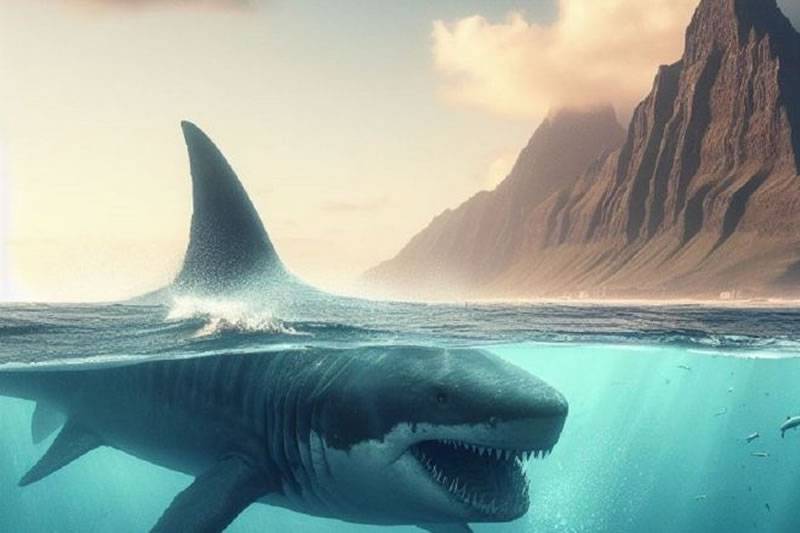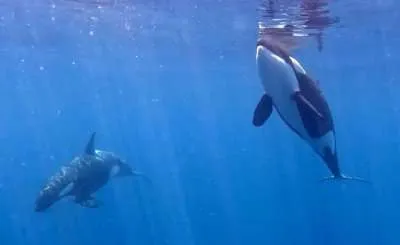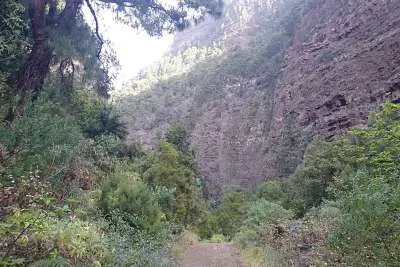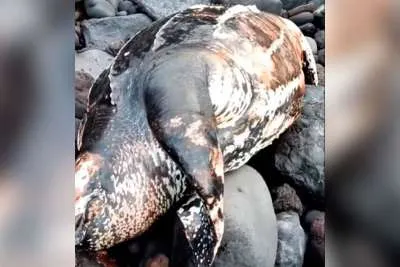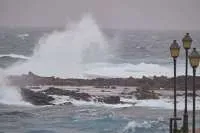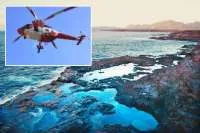The Megalodon’s Secret: The largest shark in history once roamed Canary Waters
- 06-04-2025
- National
- Canarian Weekly
Beneath the azure Atlantic that now gently laps the Canary Islands lies a hidden prehistoric world. Unknown to many, these waters were once home to some of the biggest marine creatures the planet has ever known. Among them was the megalodon, the largest shark in Earth’s history, whose ancient presence has been confirmed off the coast of the archipelago.
In a remarkable underwater discovery in 2013, scientists from the Spanish Institute of Oceanography (IEO) uncovered a palaeontological site north of La Graciosa, more than 1,000 metres below the surface. There, they retrieved fossil remains of the legendary megalodon, a shark that grew up to 20 metres in length and weighed around 100 tonnes.
But the find didn’t end there. Alongside the megalodon remains were fossils of other extinct shark species, ancient whale bones, and, most notably, fragments of a sirenian, a marine mammal related to the modern-day manatee. This was the first-ever discovery of such a creature in the Canary Islands, offering unprecedented insights into the region’s ancient marine biodiversity.
A King of the Ancient Seas
The megalodon lived in oceans across the globe from about 20 million years ago until its extinction roughly 2 million years ago. It was a migratory, predator that fed on large marine animals, including whales, dolphins, seals, and sea turtles.
The discovery in Canary waters not only confirms the species' presence in the region but also suggests the area may have served as a breeding ground for juvenile sharks, thanks to an abundance of prey.
Biologist Pedro J. Pascual Alayón emphasised the significance of this find, noting that it highlights the Canary Islands as a once-thriving marine paradise, rich in biodiversity and ecological complexity.
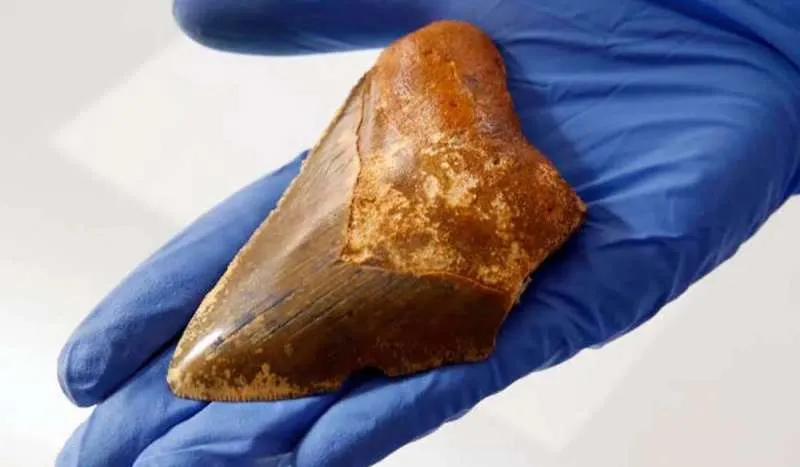
A Window into the Miocene
The site dates back to the Miocene epoch, a period spanning from around 23 to 5 million years ago. At that time, the Canary Islands were just beginning to rise from the ocean floor, and their surrounding waters supported a diverse array of marine life.
The Sirenian fossil, in particular, represents a landmark discovery for marine palaeontology in the region, shedding light on the prehistoric climate, habitats, and species that once flourished here.
Today, these fossilised remains serve as a silent testament to the island’s ancient past. Long before humans ever set foot on these shores, the depths around the Canary Islands were ruled by giants, now immortalised in the rocks and sediments beneath the waves.
Other articles that may interest you...
Trending
Most Read Articles

Featured Videos
A Vision of Elvis Tenerife Promo
- 10-05-2025
TEAs 2025 Highlights
- 17-11-2025


